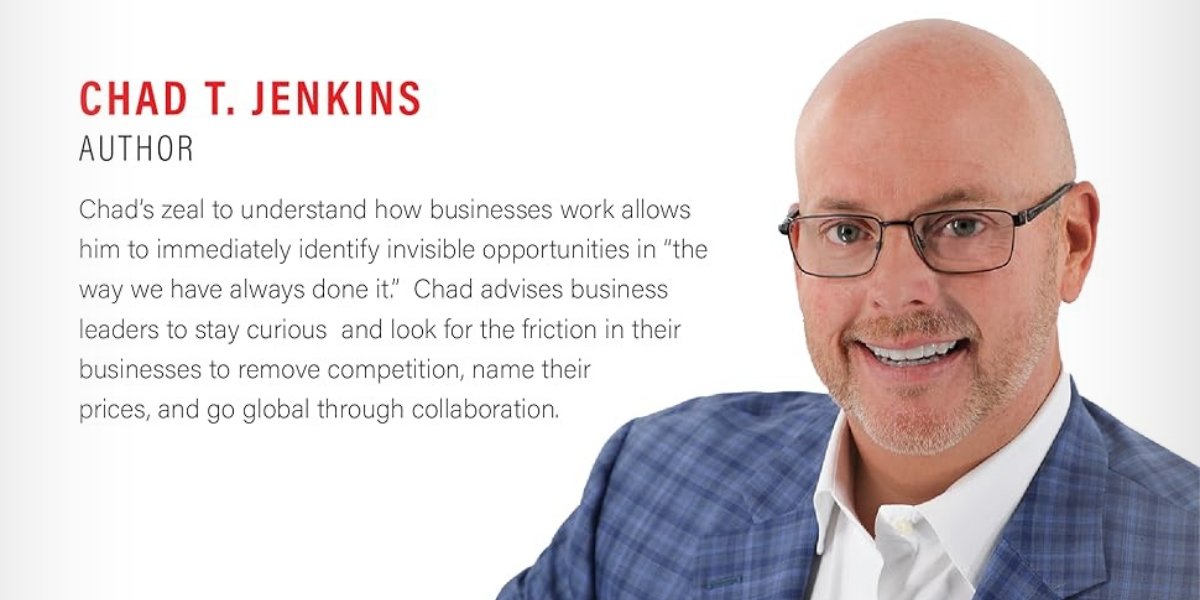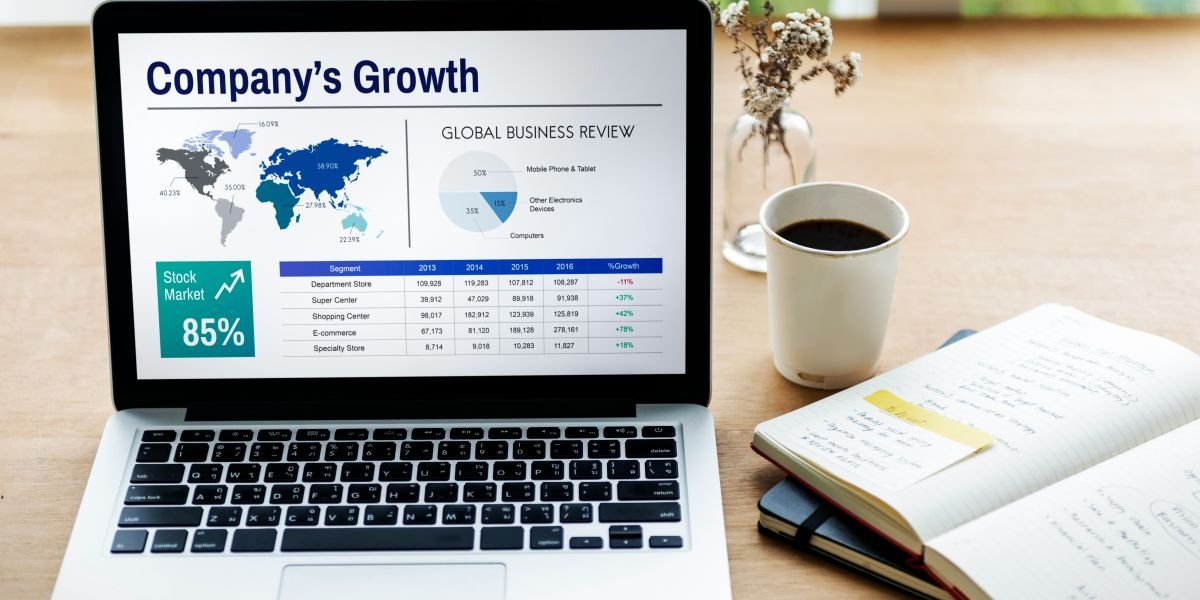By: Ethan Rogers
I first heard about Madan Thangavelu through a former colleague who had attended one of his tech talks in downtown San Francisco. “He’s the real deal,” my friend insisted—someone at Uber who wasn’t just repeating the usual buzzwords about AI, but actively exploring what it can do for software development. Intrigued, I invited him for a chat, hoping to hear his unfiltered perspective on how AI tools are beginning to influence coders everywhere. The following editorial is based entirely on Madan’s insights, with a bit of my own framing to highlight why they matter so much to the engineers reading the San Francisco Post.
A Personal Glimpse into San Francisco’s AI Scene
Our city is no stranger to AI innovation. Local universities host hackathons that bring together students, startup founders, and curious bystanders who are often eager to test the latest large language models. Stroll around SoMa, and you’ll see entire office buildings dedicated to AI-first ventures aiming to “transform” health care, retail, finance—you name it. Tech giants are racing to acquire smaller AI-driven startups, and it’s common to see coffee-shop meetups where folks discuss vector databases or cross-platform machine learning frameworks. The excitement here goes beyond hype. Many believe that AI can potentially solve real-world challenges and unlock new opportunities for both big and small players.
Madan fits right into this environment. He’s a Senior Engineer at Uber, a company that’s been actively exploring machine learning for tasks like route optimization and predictive analytics. Yet, in our talk, he focused less on the “wow” factor of AI and more on the practical, incremental ways it’s reshaping software engineering.
Moving Beyond Manual Coding
One of the first points Madan emphasized is that AI coding assistants—like those emerging from big-name research labs and local SF startups—are starting to assist with a significant portion of a developer’s routine workload. Bugs that once took hours to track down can now often be identified with the help of machine-driven suggestions. Repetitive tasks, dashboard and internal tool generation, and setting up tests are areas where developers are beginning to explore the feasibility of this tech. But Madan didn’t stop at “it saves time.” He pointed out a deeper implication: as AI begins to handle mundane coding tasks, the engineer’s role may evolve into something more strategic.
“Coding itself is potentially on a path to commoditization,” he told me. “It’s not going to disappear, but it might not remain the core definition of an engineer’s value.” Instead, the real value could increasingly stem from how well engineers can debug complex problems, make sense of ambiguous business requirements, and bring creative flair to designing scalable systems. From my vantage point, I see parallels everywhere in the city. Whether it’s small AI startups in the Mission or established players near the Bay, the common refrain is that how you think might matter more than what you type.
The Soft-Skills Surge
Madan also believes that “soft” or “human” skills could become the next big differentiator. AI can analyze data, optimize workflows, and even generate code—but it currently can’t replicate human empathy and big-picture thinking. In San Francisco’s multicultural workplaces, the ability to communicate complex ideas clearly and to align teams around shared goals is crucial. According to Madan, this is where engineers might want to focus their growth.
He shared a personal anecdote about a junior developer struggling to build the foundations of software development in a professional environment. This engineer was facing a situation to respond to system downtime and expected to operate efficiently with all the smart tools around him. While the tools are equally accessible, it takes time and experience to be able to handle stressful situations like an outage and understand the empathy that is needed when coordinating a response. That moment, he said, underscored a broader lesson: “We rely on AI for technical support, but we still need each other for genuine connection and understanding.”
Impact on Engineers in SF and India
During our conversation, I asked Madan how this AI-driven shift is playing out for engineers in two high-impact hubs: San Francisco and India. He was quick to emphasize that AI appears to level the playing field globally. Engineers in Bangalore, for instance, can access the same AI tools as their counterparts in the Bay Area. This democratization of resources has reportedly sped up innovation cycles in India’s tech scene, especially among younger startups unburdened by legacy systems.
However, Madan also sees a unique tension point. “In San Francisco,” he explained, “engineers often come face-to-face with business leaders who are often deeply versed in AI. There’s this constant push to deliver cutting-edge prototypes and maintain a rapid iteration cycle.” Meanwhile, in India, there’s a lot of talent well-versed in large-scale software development with diligence and speed. The result is a growing wave of cross-collaboration between the two regions—teams that fuse experimental speed with operational expertise.
Future Roles: Strategy and Architecture
If coding is becoming more automated, what happens to the thousands of software engineers stepping into the field each year? Madan sees a potential shift toward roles that focus on architecture, strategy, and bridging gaps between engineering and other functions like design, product, or data science. In his view, the next generation of engineers might spend more time defining the “why” of a project than the “how,” ensuring that AI-driven features align with real business needs.
It reminded me of a recent AI summit I attended near Union Square. Every panelist there—whether from a global conglomerate or a fresh seed-stage startup—emphasized that success with AI isn’t about raw code. It’s about weaving AI into the broader tapestry of user experiences, data governance, and ethical considerations.
Debugging: A Premium Skill
Madan also mentioned that debugging might remain a uniquely human domain, at least for the foreseeable future. AI tools excel at pattern matching but can struggle in the face of genuinely novel system failures. This is where seasoned engineers who understand the underlying architecture, business logic, and user expectations step in. “Anyone can let AI produce lines of code,” he said, “but not everyone can interpret the weird corner cases that appear when the real world collides with an AI-suggested solution.”
The Human Factor
No matter how advanced AI becomes, Madan argues, software engineers will always bring a core human element to the table: creativity, empathy, and the ability to adapt. As an editor here in San Francisco, I’ve watched small teams pivot overnight based on a gut feeling about market conditions—something no algorithm has yet predicted. That gut feeling, that spark of innovation, is still a human quality. AI can amplify it, but it can’t replace it.
Final Reflections
Stepping out of the interview, I couldn’t help but think of all the AI meetups, product launches, and conversation threads dominating our city. Madan’s viewpoint felt both grounded and forward-looking. He’s not urging engineers to become AI researchers or chase every new platform. Instead, he’s highlighting that the fundamental skill sets—critical thinking, communication, domain knowledge—are arguably more important than ever.
He sees a future where engineers in San Francisco and India alike share a common toolkit powered by AI, but differentiate themselves by how deftly they can navigate complex challenges and lead diverse teams. It’s a refreshing take in a city where “disruption” can sometimes overshadow the basics of good engineering.
So, for those of you in the thick of it—running a software team, learning new languages, or figuring out your next career move—Madan’s core message is simple: embrace AI, but don’t lose sight of the human aspects that make engineering great. That’s how you’ll stand out, whether you’re walking into a conference room in downtown SF or chatting with colleagues in a Bangalore co-working space.
Published by Tom W.













